Food coloring, also referred to as color additives in the food industry, are certain compounds deemed safe for human consumption in certain amounts and are then subsequently added to food and drink products in order to change their visual appearance.
Food coloring is widely used throughout the world both by large food manufacturer companies and home chefs. Owing to their usefulness, food coloring is often purchased in significant quantities, and as such this raises the question; does food coloring expire?
In short, the answer is probably not in any conceivable frame of time. Food coloring is inorganic, meaning it does not contain any of the usual materials microbes require to survive in it. This equates to the food coloring rarely spoiling, though in the rare case that it does, it is most likely due to environmental factors instead of any sort of bacteria or fungi.
Does Food Coloring Have a Taste?
While the exact chemicals that go into different types and shades of food coloring are too many to count, the vast majority use an ethanol base in order to keep the individual particles suspended and to prevent the formation of sedimentation. Because of this, food coloring may have a bitter or otherwise alcoholic taste if purchased in liquid form.
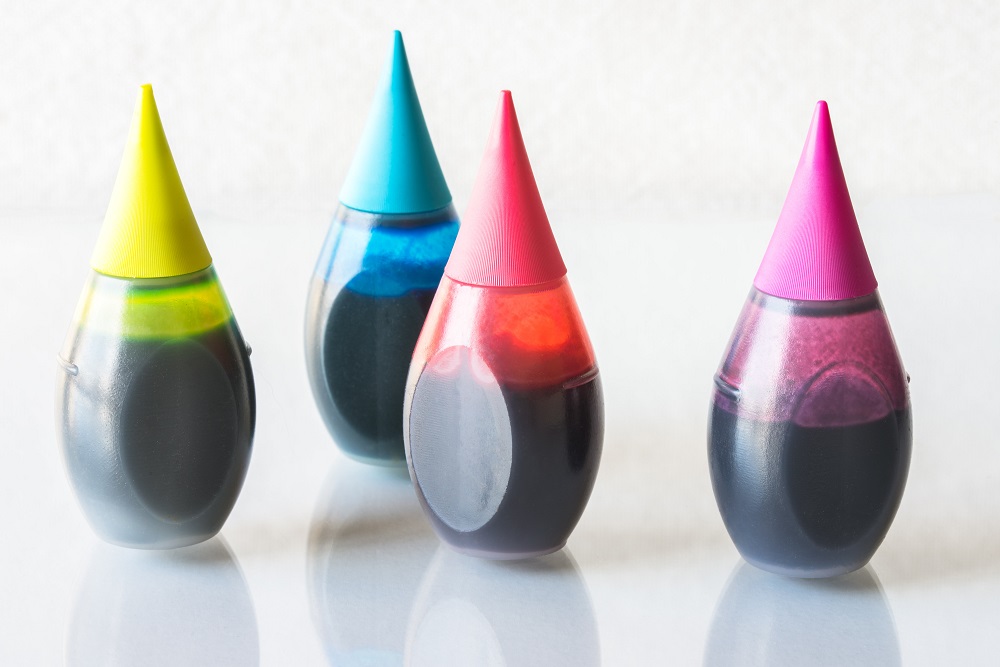
Generally, more naturally-sourced food coloring shades such as yellow turmeric will retain part of the flavors associated with that naturally occurring substance, though manufacturers often take steps to remove the flavonoid chemicals during the manufacturing process1.
What Can Cause Food Coloring to Expire?
As previously mentioned, the vast majority of commercially available food coloring purchased do not contain organic substances in any way, and as such are practically impossible to colonize by bacteria and fungi. This is not to say, however, that food coloring is completely immune to the effects of spoilage.
Much like in order forms of storage, it is important to regulate the temperature at which food coloring is stored in order to prevent condensation within the bottle as well as the internal components of the food coloring to separate.
Because food coloring is a mixture of different substances, certain compounds contained within will have a lower boiling point or freezing point than the rest of the food coloring, causing them to react and separate from the whole if subjected to extreme enough temperatures.
Apart from temperature, another factor that can affect the shelf-life of food coloring is direct sunlight or other forms of ultraviolet light shined onto the food coloring. Sunlight has a bleaching effect when an object is subjected to it for extended periods of time, and as such will not only cause the internal components of the food coloring to separate but also ruin its color if left beneath the light for too long.
Finally, there is the case of humidity. Humidity is one of the most important factors to account for when choosing to store any kind of food product, especially if the food coloring you are preserving is of the powdered form. When subjected to a humid environment, liquid containers of food coloring may develop condensation within the bottle, diluting the food coloring or introducing fungi and bacteria that can subsist on water alone.
If solid or otherwise powdered, storing the food coloring in a similarly humid environment will cause caking and coagulation, essentially ruining the color additive.
What is Food Coloring Made of?
As most food coloring additives contain ingredients often too numerous to count, it is best to focus only on the four most common food coloring approved for commercial food use in the United States by the body of their Food and Drug administration2.
Among these are food coloring E133, otherwise known as brilliant blue FCF, of which is synthetically produced in the controlled environment of a factory via condensation of the compound 2-formylbenzenesulfonic acid, wherein it is then oxidized to age its color into its signature blue.
Second is the food coloring additive dubbed E129, or Allura Red AC. This particular food colorant is an azo dye primarily bound to a sodium molecule or other alkaline earth metals, giving it the form of powder that can be mixed into all sorts of cosmetics or food.
The third most common dye found in the United States that is approved by the FDA is called E102, otherwise named Tartrazine. Much like E129 food coloring, tartrazine is a synthetically produced azo dye bonded to a complex chain of alkaline earth metals.
Lastly is the food coloring known as E110, an orange food dye ironically named Sunset Yellow FCF. Derived from petroleum products, sunset yellow FCF is also an azo dye bonded to a duo of sodium molecules. This branch chain ends with a sulfonate at the end of a benzyl group, making it highly soluble in water, and as such dissolves or mixes very well in most forms of food.
Can You Use Expired Food Coloring?
As previously mentioned, food coloring is still quite safe to consume as there are no toxins deposited as waste from colonies of bacteria and fungi.
Though food coloring can form sedimentation, separate or even begin to cake depending on its form and storage environment, it is still generally safe to use these altered products, though their taste and color may have changed from the original state.
As always, it is more advisable to simply purchase new food coloring products instead of using any food products that appear questionable in their safety.
Does Food Coloring Need to Be Refrigerated?
It is entirely possible to store food coloring in your refrigerator if you so desire or if the original container of food coloring has been compromised in some way or another.
However, food coloring is best kept in a dry, dark and cool environment, of which refrigerators only cover one of these three requirements. If you are still choosing to keep your food color additive in the refrigerator, it is best to keep it in the driest section of your refrigerator, far from any light bulbs that may be present within.
It is also advisable to keep the food coloring container away from any refrigerator fans or vents that may cause condensation or evaporation within the container.
References
1. Barrows, Julie N.; Lipman, Arthur L.; Bailey, Catherine J. (December 17, 2009). “Color Additives: FDA’s Regulatory Process and Historical Perspectives”. FDA (Reprinted from Food Safety Magazine October/November 2003 issue). Retrieved September 2021.
2. “US FDA Color Additive Status List”. Fda.gov. Retrieved September 2021.
3. Abbey J (2013). Yasmine Motarjemi; Gerald Moy; Ewen Todd (eds.). Colorants. Encyclopedia of Food Safety. 2: Hazards and Diseases. Academic Press. pp. 459–465. ISBN 9780123786135.

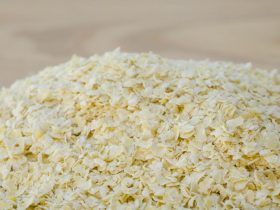
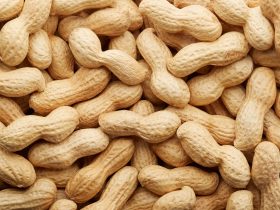
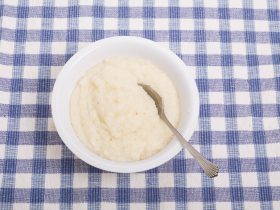
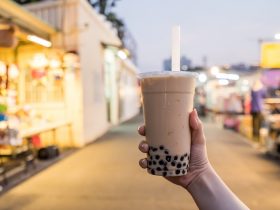
Hi, I'm Dom
Dom Eats was started to help other people fall in love with food. While cooking can feel intimidating, it doesn't have to be.